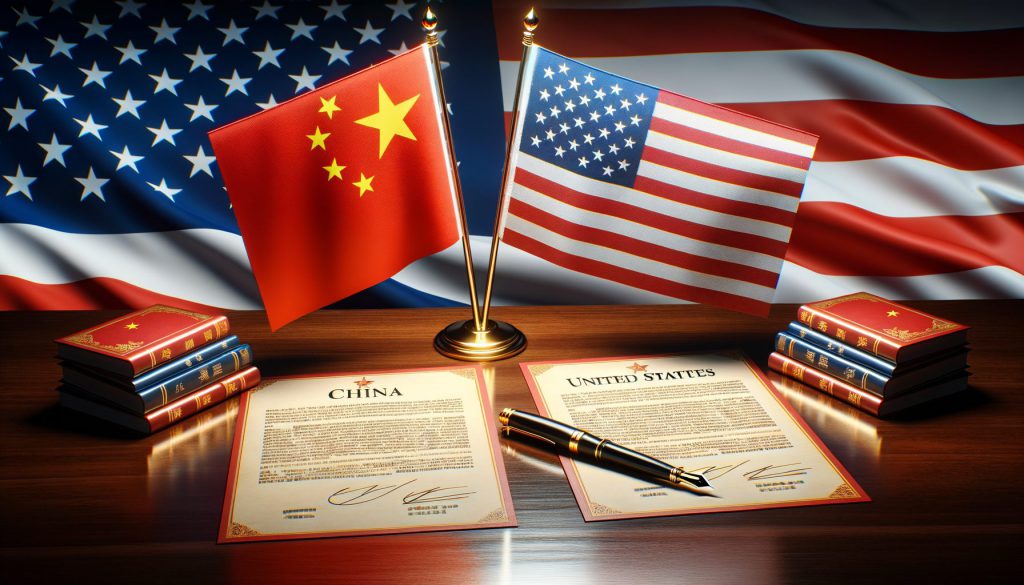The US and China agree to lower tariffs to 10% and 30%, respectively, for 90 days, marking a de-escalation in trade tensions following reciprocal tariff hikes.

The United States and China have reached a temporary agreement to reduce tariffs on goods from both countries, following two days of trade talks. China has proposed lowering tariffs on US goods from 145% to 10%, while the US will cut tariffs on Chinese goods to 30% from 145% for a 90-day period.
This agreement represents the first step towards easing trade tensions that escalated after President Donald Trump’s April 2nd reciprocal tariff announcement. Treasury Secretary Scott Bessent emphasised that both sides aim to avoid “decoupling” and will establish a mechanism for ongoing discussions.
The Geneva talks mark the first direct interactions between senior US and Chinese economic officials since President Trump’s second term began and the imposition of new tariffs. The announcement boosted Asian markets, with Hong Kong’s stocks rising by 3% and Shanghai’s by nearly 1%.
While the White House initially termed the agreement a “trade deal,” the long-term plan beyond the 90-day tariff reduction remains unclear. China had previously sought the removal of all tariffs imposed this year, a stance that conflicts with the US objective of reducing its trade deficit. The agreement follows a history of fluctuating trade negotiations, including a 2018 truce that the US later abandoned, leading to the prolonged tariff war and the eventual “Phase One” deal in January 2020.
Source: Mint











